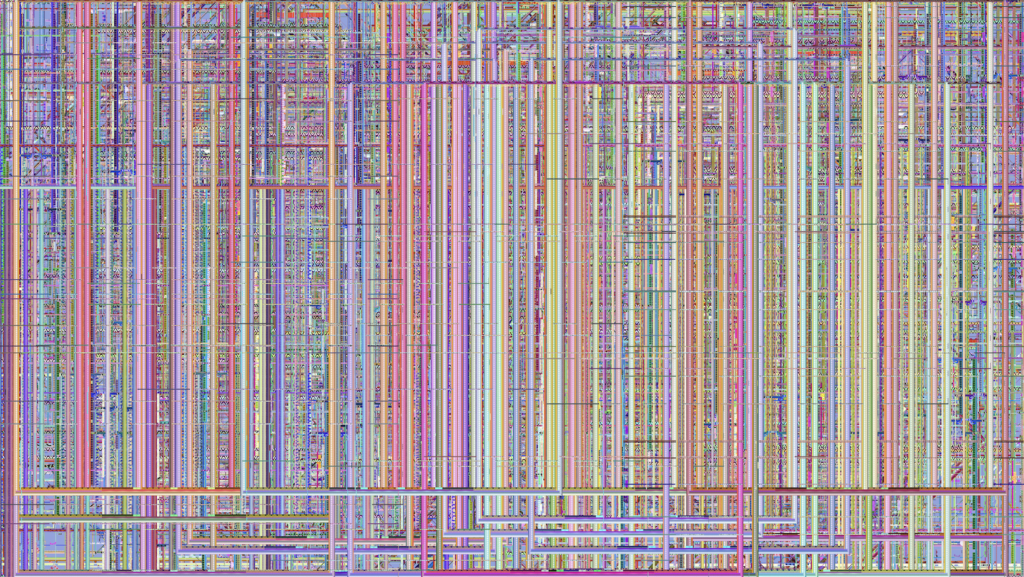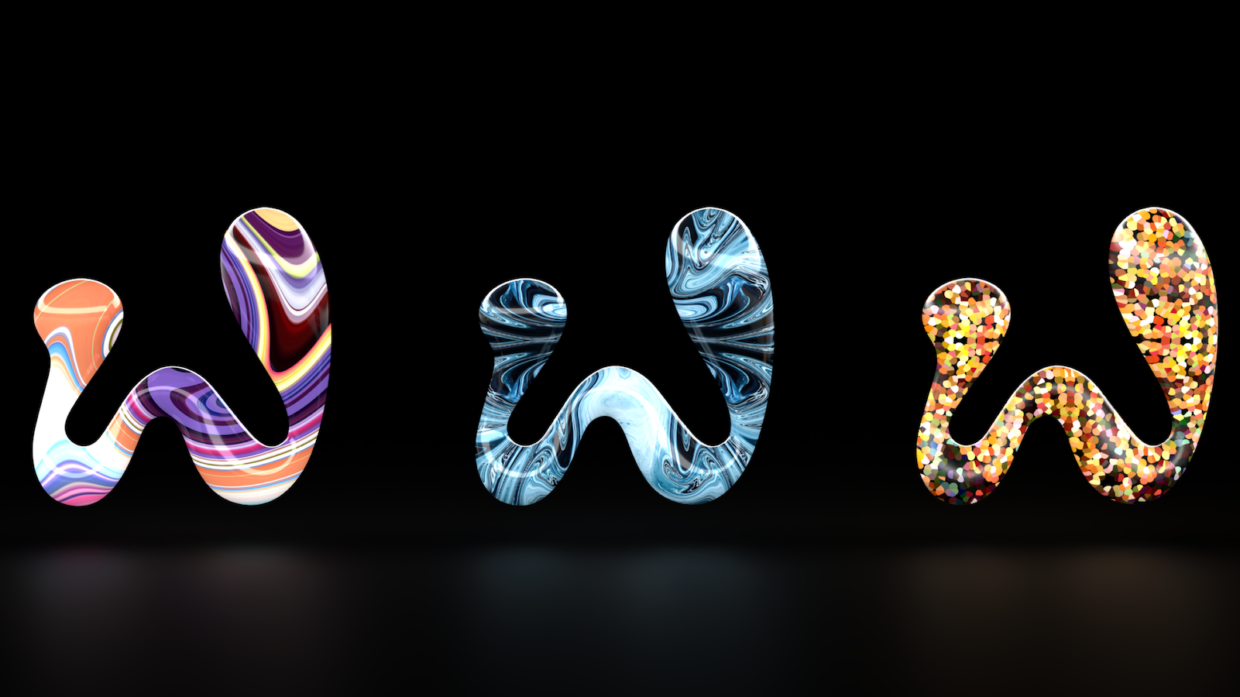New hyper-curated Web3/NFT platform Wild announced its $7 million dollar seed round in March. With support from Matrix Partners, Reid Hoffman, Kevin Lin, and Cozomo de Medici, Wild has moved to expanding its residency program and community around NFT art. The funding will also support Wild’s hyper-curatorial residency program to onboard artists in seasons for its native marketplace, helping artists build their Web3 portfolios.
In an interview with JCC, Douglass, the CEO and founder of Wild, noted that the platform’s hyper-curated approach is aligned with the support the company provides, going to “great lengths to find the best and brightest artists that we believe can help us push the medium forward. We’ve gone the extra mile in curating artists we believe are really transformational for the space.”
According to Douglass, Wild is anticipating the spatial experience of the internet, especially when it comes to experience art. Douglass said “it’s gonna be less about looking at monitors and more about experiencing it in mixed reality — in AR and VR.” This forms the basis of the platform’s aim to start building opportunities for truly experiential art experiences, offering “lightweight” opportunities to onboard people into Web3. As Wild becomes “more of a vector to onboard people to Web3, we want to be very proud of the technology that we’re building while also keeping it in the background so that users can focus on connecting with the artists.”
Wild’s Season 0 cohort, launched March 2023, includes LA-based artist Case Simmons whose work is in the permanent collection of both LACMA and the Guggenheim.
Simmons has launched his fourth NFT collection on Wild. Called Blue Chips, the collection of 300 NFTs both reflects upon and examines the new paradigm of collecting digital art as “blue chip stocks,” offering commentary on how assets derive value.
Douglass noted that Wild was drawn to Simmons’ work because of “his ability to layer seemingly unlimited amounts of texture and color and pattern onto one blank canvas. The word I’d use to describe his work is depth; you can zoom in and in, and his collage style begins to reveal intricacies each time.” In looking to Wild as developing opportunities for experiential art, “Blue Chips is an example of a work I want to be able to literally step into and be fully immersed in. If we go to these great lengths today to make it fully immersive, we’ll be able to get to the point where collectors and ‘visitors’ can really step inside these works, making them that much more special.”
By bringing together some of the most exciting artists in the space, Wild is setting a new standard for what it means to own a valuable and unique NFT. JCC recently spoke to Simmons about “Blue Chips” and his creation process.
How did you start making art? How did you enter the NFT space?
I’ve been making art for a long time! I’ve been specifically making digital art for about 20 years. I got the opportunity to show some of my mixed-media work in Los Angeles. The first ‘Big Show’ I did was in 2006. I thought I was only going to be in LA for a few months, but I’m still in LA! In general, lots of highs and lows; I managed to get my work into the Guggenheim and into LACMA and have met a lot of incredible people on the way. But I also became very jaded with the infrastructural, weird kind of power system where the artists are often very separated from the gallery and the institutions from the collector base.
Ultimately, that brought me to this new space of Web3 which has these new mechanisms for distribution of artwork. My third project was Clouds on Chains, the latest collection I’ve finished before Blue Chips.

Image: Wild.xyz
Can you say more about the concepts you’re playing with in these collections?
Clouds on Chains was fun because it was lightheartedly speaking to the mixture of people in the Web3 space and the fine art space and the culture that comes between those two.
I’ve been making these like painterly collages of clouds for years and years and years. What I did with that project was to make these kinds of almost like abstract expressionists, looking at painterly collages only of clouds on chains. The delineation and that simplification of content became this one-liner about “on chain artwork,” meaning work on the blockchain, in “the cloud.”
The Blue Chips collection was inspired by a similar play on words. All of the content comes from scans and photographs of microchips, processors, and GPUs. I rather laboriously and painstakingly cut out all these little moments, and when they’re programmatically woven together, they look like motherboards and tapestries. And, I think it’s obvious that the naming convention “blue chips” refers to an asset that is safe to invest in. In the art world, like, often galleries will survive by selling blue-chip art.
In the Web3 space, things were happening so fast that people were calling artworks “blue chip” that had existed for a mere week.
How would you describe your artistic style?
Visually complex, maximalist. Maybe to borrow a very old term, “horror vacui” which is the fear of emptiness, or this kind of total and complete coverage of compositions. To me, it’s a visual mechanism that has always really resonated with me and the kind of time I feel we live in. We’re inundated with imagery to the point where it becomes muted and bland. But honestly, all of my conceptual thinking about all of my projects are intended to be simple or tongue-in-cheek to allow for people to complete the work for themselves.
How did you decide to work with Wild on this collection?
They reached out to me to be a part of their first season. I had just finished Clouds on Chains, which was completely independent and I was really attracted to that independence. But they offered a residency and I knew some of the other people in it. What hooked me was that they operate like another gallery but without the art historical background, more like a startup. I think that they’re doing some things that are really interesting, but the residency again, is what hooked me especially because it had a mentor/mentee aspect to it, which is unique in this space.
Any parting wisdom?
I had this teacher in school, an incredible artist named Trisha Donnelly. I had an independent study with her and at the time, I was making really wacky videos. She gave me some advice, which was (I’m paraphrasing here): “the stupid and the profound can exist in the same moment.”



